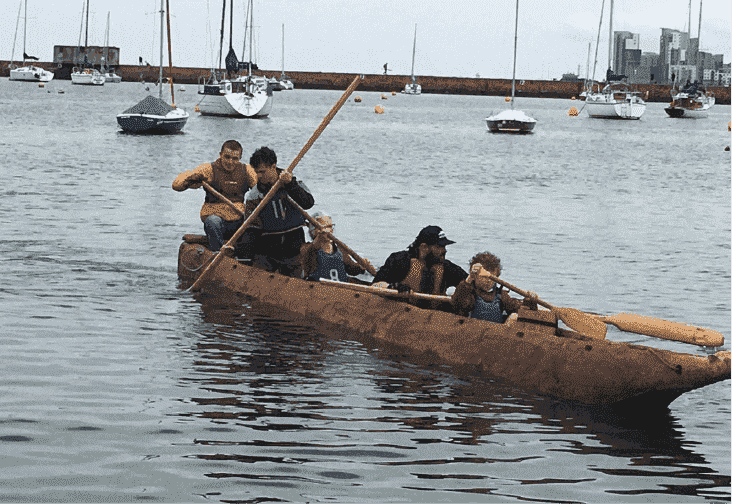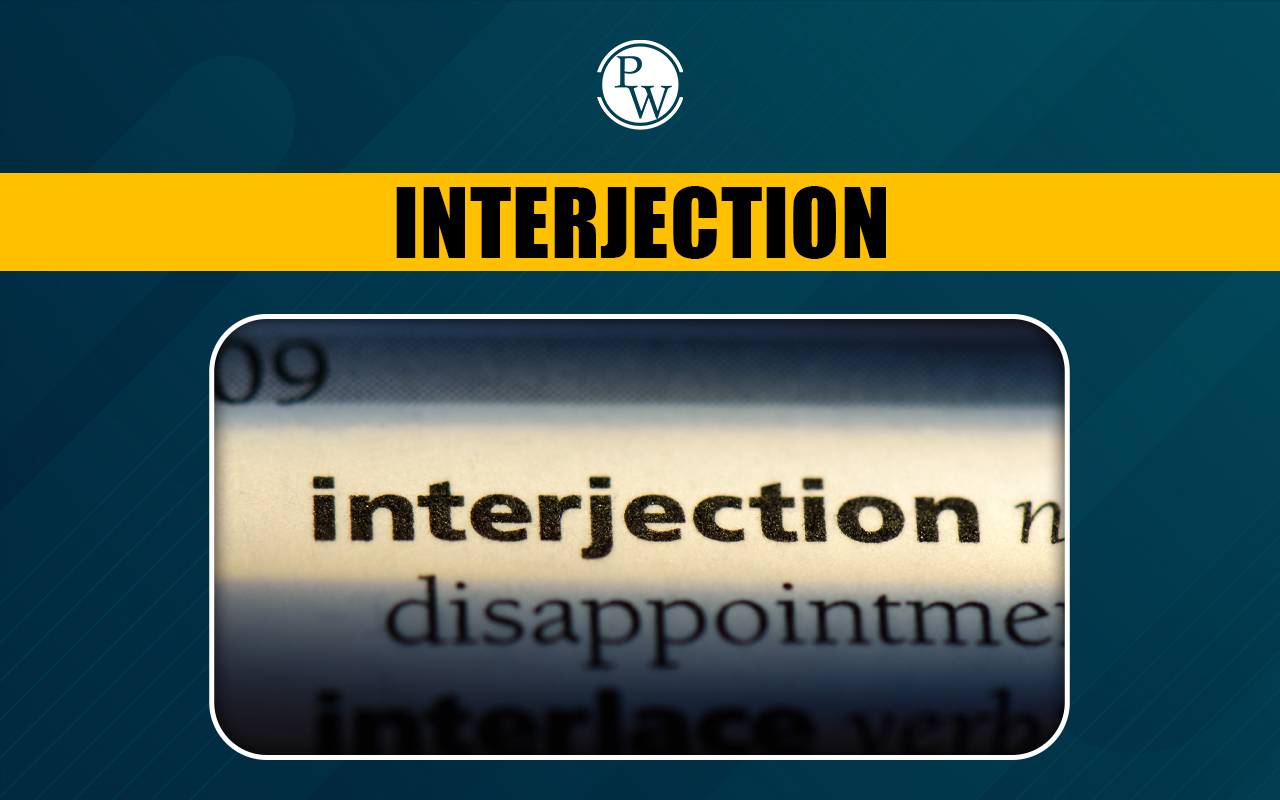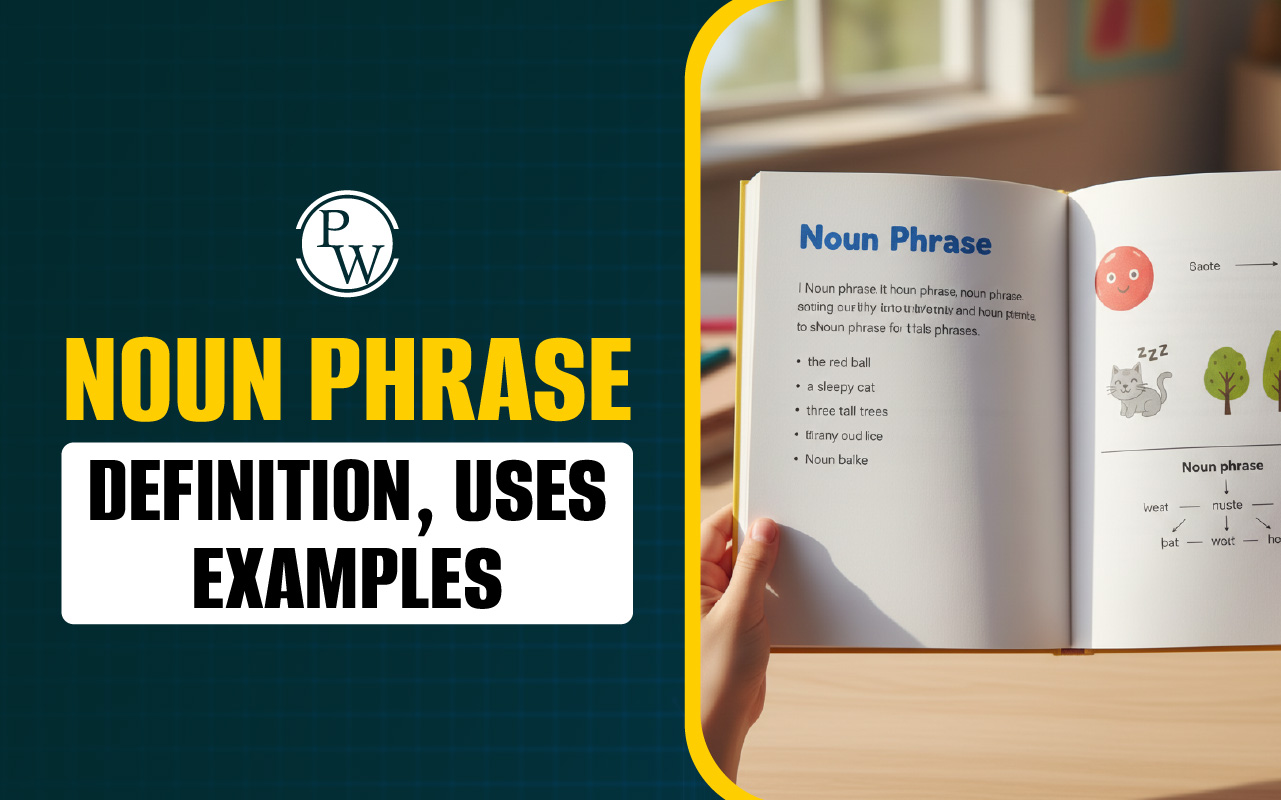
NCERT Solutions for Class 5 Maths Chapter 1: Students can use these NCERT Solutions for Class 5 Maths Chapter 1 The Fish Tale to help them study for tests. Experts have developed these answers by the NCERT Solutions for Class 5 Maths Chapter 1 as mandated by the board.
NCERT Solutions for Class 5 Maths Chapter 1, is crucial because it teaches Class 5 students about the geometry of various shapes. A fish is a simple form to make with shapes like a square and a triangle. Additionally, the chapter demonstrates to students the value that forms have in the actual world.NCERT Solutions for Class 5 Maths Chapter 1
NCERT Solutions for Class 5 Maths Chapter 1 "The Fish Tale" help students understand important maths ideas like shapes, fractions, multiplication, and how to solve real-life problems using maths. These solutions are made following the latest CBSE syllabus, making it easier for students to prepare and do well in exams. By practicing these solutions, students can learn how to calculate distance, weight, and money in fun ways, along with story-based sum problems.
Class 5 Chapter 1 Maths
In Class 5 Chapter 1 Maths, students learn about different types of fishes, their shapes, and how to use basic maths operations such as addition, subtraction, and multiplication in real-world situations. The chapter includes activities like drawing fish using shapes, and calculating the size and number of fishes caught, making learning maths fun and easy to understand.
NCERT Class 5 Maths Worksheets Chapter 1
Worksheets for Chapter 1 of Class 5 Maths are full of practice questions based on the "Fish Tale" story. These worksheets include sums on distance, money calculation, fractions, and word problems, giving students lots of practice to strengthen their concepts. Worksheets make revision simple and help students become confident for exams.
New Maths Time Class 5 Solutions
New Maths Time Class 5 solutions provide clear, step-by-step answers to all the sums in Chapter 1. These solutions are great for students who want to check their own work or understand how to solve tricky problems using simple steps. Having access to these helps kids build a strong foundation in maths concepts from the start.
NCERT Solutions for Class 5 Maths Chapter 1 PDF
Class 5 students will find it simple to practice these NCERT Solutions for Class 5 Maths Chapter 1 questions. Solve sample papers and question papers from prior years to have an overview of the kinds of questions asked in this chapter. Also, we have provided a PDF of NCERT Solutions for Class 5 Maths Chapter 1 here for the ease of students.NCERT Solutions for Class 5 Maths Chapter 1 PDF
NCERT Solutions for 5th Class Maths Chapter 1
1. Do you know any poems about fish?
Solution:-
Yes. The poem is given below. One, two, three, four, five. Once I caught a fish alive, Six, seven, eight, nine, ten, Then I let it go again. Why did you let it go? Because it bit my finger so. Which finger did it bite? This little finger is on the right.2. Try to use a square and a triangle to draw a fish.
Solution:-
By using a square and a triangle, we can draw a fish like the one below.Page: 2
2. How long is the biggest fish you can imagine?
Solution:-
An 18-meter whale shark was observed. Thus, I estimate that a fish's length is roughly eighteen meters.3. How many times longer is your big fish than the smallest fish?
Solution:-
Fish can vary greatly in size. The largest fish measures over 18 meters in length, while the smallest is only 1 centimeter. So, 1 m = 100 cm Then, 18 m = 18 × 100 = 1800 cm. ∴ Big fish is 1800 times longer than the smallest fish.NCERT Solutions for Class 5 Maths
Page: 3
1. About how many kilograms do you weigh?
Solution:-
I weigh about 30 kilograms.2. So, 12 children like you put together will weigh about ………… kg.
Solution:-
The weight of one child is 30 kg. Then, The weight of 12 children and I put together = 12 × 30 = 360 kg Thus, twelve kids the same age as I will weigh roughly 360 kg.3. About how much more does the whale shark weigh than 12 children like you put together?
Solution:-
Whale shark weight is about 16000 kg. The weight of 12 children and I put together = 360 kg Then, how much more does the whale shark weigh than 12 children? = Whale shark weight – Weight of 12 children and I put together = 16000 – 360 = 15,640 kg ∴ The whale shark will be 15,640 kg heavier than my twelve children combined.Fishermen in their boat Page: 5-6
1. How many of you have seen the sea? Where did you see it? Did you see it in a movie or for real? How deep do you think the sea could be? Find out.
Solution:-
At Mangalore, my buddies and I have seen the sea. In a movie, I have also witnessed the sight. The sea is, in my opinion, deeper than 500 feet.2. Do you know how to swim? Would you be scared of the high sea waves?
Solution:-
No, I'm not an excellent swimmer. Yes, I'm afraid of the tall waves at sea.3. Close your eyes and imagine the sea with waves rising high.
Solution:-
Yes, I can picture the water with huge waves; it was very magnificent.4. How high do you think the waves can go?
Solution:-
The waves, in my opinion, have a maximum height of 45 metres.These log boats do not go very far. If the wind is helpful, they travel about 4 km in one hour.
1. How long will they take to go a distance of 10 km?
Solution:-
The log boats take one hour to travel 4 km. Then, the log boats take two hours to travel = 2 × 4 = 8 km But in half an hour, the log boats will travel = 4/2 = 2km ∴ the total time they take to go a distance of 10 km = 2 and half an hour. For 2 hours of boat travel = 8 km For ½ an hour of boat travel = 2 km = 8 + 2 = 10 km2. Guess how far you can go in one hour if you walk fast.
Solution:-
I think I can cover 5 km to 6 km if I walk fast.Page: 7
Look at the different types of boats.
Some boats have motors and go further into the sea. Since they go far out, they can catch more fish. These boats travel faster, at the speed of about 20 km in one hour.
3. How far would the motorboats go in three and a half hours?
Solution:-
The motorboats cruise at a speed of roughly 20 km per hour, as stated in the question. Then the distance traveled by motor boats in three and half hours = 20 × 3.5 = 70 km4. How much time will it take to go 85 km?
Solution:-
As mentioned in the question, the motorboats travel at the speed of about 20 km in one hour. Then the distance traveled by motorboats in four hours = 20 × 4 = 80 km The distance traveled by motorboats in ¼ hour = ¼ × 20 = 5 km ∴ the total time taken by motorboats to go a distance of 85 km = 4 hours 15 minutes.Page: 9
Which Boat Gets How Much?
The log boat can carry up to 20 kg of fish on a single trip. However, as the data indicates, other boat types bring in larger catches. Each boat type's speed—that is, how far it travels in an hour—is also displayed in the table.
| Type of boat | Catch of fish in one trip (in kg) | Speed of the boat (How far it goes in one hour) |
| Logboat | 20 | 4 km per hour |
| Long tail boat | 600 | 12 km per hour |
| Motorboat | 800 | 20 km per hour |
| Machine boat | 6000 | 22 km per hour |
a) About how much fish in all will each type of boat bring in seven trips?
Solution:-
| Type of boat | Catch of fish in one trip (in kg) | Catch of fish in 7 trips (in kg) |
| Log boat | 20 | 7 × 20 = 140 |
| Long tail boat | 600 | 7 × 600 = 4200 |
| Motorboat | 800 | 7 × 800 = 560 |
| Machine boat | 6000 | 7 × 6000 = 42000 |
b) About how far can a motorboat go in six hours? Solution:-
| Type of boat | Speed of the boat (How far it goes in one hour) | Distance covered by a boat in 6 hours (Distance = speed × time) |
| Log boat | 4 km per hour | 4 × 6 = 24 km |
| Long tail boat | 12 km per hour | 12 × 6 = 72 km |
| Motorboat | 20 km per hour | 20 × 6 = 120 km |
| Machine boat | 22 km per hour | 22 × 6 = 132 km |
c) If a long tail boat has to travel 60 km, how long will it take?
Solution:-
From the given table, a long tail boat travels at a speed of 12 km per hour. So, time taken by the long tail boat to travel 60 km = distance/speed = 60 /12 = 5 hours.Page: 9
Some Big, Big Numbers!
In the Class IV Math-Magic you heard of the number which is equal to a hundred thousand. You have read that there are about one lakh brick kilns in our country where bricks are made.
1. What other things have you heard of in lakhs?
Solution:-
(i) Cost of truck (ii) Cost of bus (iii) Population in towns, etc.2. Write the number one thousand. Now, write one hundred thousand. So how many zeroes are there in the number one lakh? Easy, isn’t it?
Solution:-
One thousand = 1000 One hundred thousand is also called one lakh = 1,00,000 Then the total number of zeros in one lakh = 53. There are about two lakh boats in our country. Half of them are without a motor. What is the number of boats with a motor? Write it.
Solution:-
From the question, it is given that there are about two lakh boats in our country. Then, half of them are without a motor. The number of boats with a motor = 2,00,000/2 = 1,00,000 motors4. About one-fourth of the boats with a motor are big machine boats. How many thousand machine boats are there? Come on, try to do it without writing it down.
Solution:-
From the question, it is given that about one-fourth of the boats with a motor are big machines. Number of boats = 1,00,000 ¼ × 1,00,000 = 25000 Therefore, the number of machine boats = 250005. Where have you heard of a crore? What was the number used for?
Solution:-
I heard that in a country, the population is a crore. 1 crore = 1,00,00,000 The total number of zeros is 7. Page: 11 1) At what price per kg did Fazila sell the kingfish? 
Solution:-
Fazila could hardly carry the big kingfish, and she said that the fish weighed 8 kg. So, she would sell the whole for ₹ 1200. Then, the price of the kingfish for one kg = 1200/8 = ₹ 150 per kg2) Floramma has sold 10 kg of prawns today. How much money did she get for that?
Solution:-
Floramma sold prawns for ₹ 150 a kg. Given, Floramma has sold 10 kg prawns today. So, the total amount she got = 150 × 10 = ₹ 15003) Gracy sold 6 kg of swordfish. Mini has earned as much money as Gracy. How many kg of sardines did Mini sell?
Solution:-
Given, Gracy sold 6 kg swordfish. Then the price of one kg of swordfish = ₹ 60 Total money earned by Gracy = 6 × 60 = ₹ 360 Mini sold sardines at ₹ 40 per kg. Total weight of sardines sold by Mini = 360/40 = 9 kg4) Basheer has Rs 100. He spends one-fourth of the money on squid and another three-fourth on prawns.
a. How many kilograms of squid did he buy?
Solution:-
Given, Basheer has ₹ 100. He spends one-fourth of the money on squid = ¼ × 100 = ₹ 25 Karuthamma sold squid for Rs 50 a kg. Basheer bought = 25/50 kg = ½ kg of squidb. How many kilograms of prawns did he buy?
Solution:-
Given, Basheer has ₹ 100. He spent another three-fourth on prawns = ₹ 75 Floramma sold prawns for Rs 150 a kg. Basheer bought = 75/150 = ½ kg of prawns Page: 11Women’s ‘Meenkar Bank’
The meeting of the Meenkar Bank has just begun. Fazila is the president. Twenty fisherwomen have made their bank. Each saves Rs 25 every month and puts it in the bank.
1. How much money does the group collect each month?
Solution:-
There are twenty fisherwomen in the Women’s ‘Meenkar Bank’. Each saves ₹ 25 every month. So, the total money collected in the bank each month = 20 × 25 = ₹ 5002. How much money will be collected in ten years?
Solution:-
So, from the above solution, the total money collected in the bank per month = ₹ 500 Then, the total money collected in the bank in one year = 12 × 500 = ₹ 6000 Now, the total money collected in the bank in 10 years = 6000 × 10 = ₹ 60000Practice time
Gracy needs money to buy a net. Jhansi and her sister want to buy a log boat. So they take a loan from their bank. They will return it with interest.
a) Gracy took a loan of Rs 4000 to buy a net. She paid back Rs 345 every month for one year. How much money did she pay back to the Bank?
Solution:-
From the question, it is given that Gracy took a loan of ₹ 4000 to buy a net. She paid back ₹ 345 every month for one year. Then, The total money she paid in one year to the bank = 12 × 345 = ₹ 4,140b) Jhansi and her sister took a loan of Rs 21,000 to buy a log boat. They paid back a total of Rs 23,520 in one year. How much did they pay back every month?
Solution:-
From the question, it is given that Jhansi and her sister took a loan of Rs 21,000 to buy a log boat. They paid back a total of ₹ 23,520 in one year. Then, The total amount they pay back every month = ₹ 23,520/12 = ₹ 1,960Benefits of NCERT Solutions for Class 5 Maths Chapter 1
Students studying maths in CBSE Class 5 might greatly benefit from NCERT Solutions. There are several reasons for this.- Step-by-step instructions are given in the solutions.
- These solutions have simple-to-understand language.
- The most recent CBSE guidelines are followed when creating the solutions.
- Both methods and the question pattern are taught to the students.
NCERT Solutions for Class 5 Maths Chapter 1 FAQs
What is the first chapter of class 5 maths?
What is the biggest fish you can imagine?
What is the basic of 5th class math?










